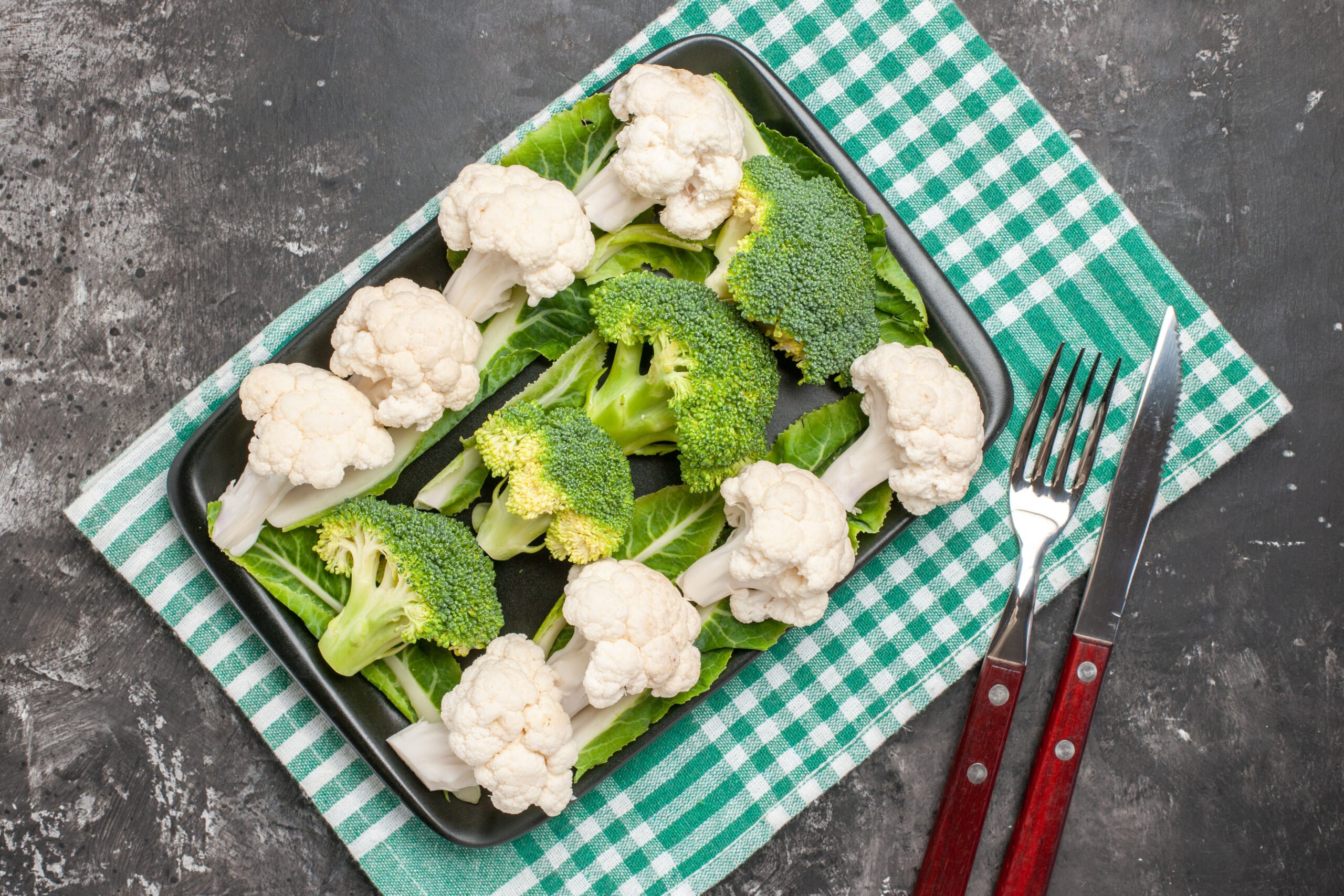Blanching is a simple yet essential cooking technique that every home chef should master. If you’ve ever wondered how to blanch broccoli to achieve that vibrant green color and perfect crisp-tender texture, you’re in the right place. In this guide, we’ll walk you through quick and easy steps to blanch broccoli, ensuring you preserve its nutrients and flavor for your favorite recipes. Understanding this process not only enhances the visual appeal of your dishes but also boosts their nutritional value.
Blanching vegetables is a fundamental skill that can elevate your cooking. Whether you’re preparing a fresh salad, a stir-fry, or planning to freeze your broccoli for later use, blanching is the key to maintaining its quality.
What is Blanching?
Blanching is a cooking process where food, typically vegetables, is briefly immersed in boiling water and then rapidly cooled in an ice bath. This method stops enzyme actions that can cause loss of flavor, color, and texture. By blanching broccoli, you halt the cooking process at just the right moment, locking in its bright green hue and nutrient-rich profile.
The science behind blanching involves deactivating enzymes that lead to deterioration. It also cleanses the surface of dirt and organisms, brightens the color, and helps retain vitamins. For more on the benefits of blanching vegetables.
Why Blanch Broccoli?
Blanching broccoli offers several advantages:
- Preserve Vibrant Color: Blanching helps maintain the broccoli’s bright green color, making your dishes visually appealing.
- Enhance Texture: Achieve the perfect balance between crisp and tender, ideal for various recipes.
- Nutrient Retention: Quickly cooking and cooling the broccoli helps preserve its vitamins and minerals.
- Preparation for Freezing: Blanching is essential before freezing to extend the shelf life and quality of the broccoli.
Equipment Needed
To blanch broccoli effectively, gather the following tools:
- Large Pot: For boiling water.
- Bowl of Ice Water: To create an ice bath.
- Slotted Spoon: For transferring broccoli.
- Colander: For draining.
- Kitchen Timer: To monitor blanching time.
Each of these items plays a crucial role in the blanching process, ensuring safety and efficiency.
Step-by-Step Guide on How to Blanch Broccoli
1. Preparing the Broccoli
- Wash Thoroughly: Rinse the broccoli under cold running water to remove any dirt or debris.
- Cut into Florets: Using a sharp knife, cut the broccoli into uniform florets for even cooking.
- Trim Stems and Leaves: Don’t discard the stems and leaves; they are edible and nutritious. Peel tough stems if necessary.
2. Boiling the Water
- Fill a Large Pot: Add enough water to fully submerge the broccoli.
- Add Salt (Optional): A pinch of salt can enhance flavor and help maintain color.
- Bring to a Rolling Boil: Ensure the water is vigorously boiling before adding broccoli.
3. Blanching the Broccoli
- Add Broccoli to Boiling Water: Carefully place the florets into the pot.
- Set the Timer: Blanch for 2–3 minutes until the broccoli turns bright green and becomes tender-crisp.
- Monitor Closely: Avoid overcooking, which can lead to mushy texture and nutrient loss.
4. Preparing the Ice Bath
- Fill a Bowl with Ice Water: While the broccoli is blanching, prepare a large bowl with cold water and ice cubes.
- Importance of Shocking: The ice bath stops the cooking process immediately, preserving texture and color.
5. Shocking the Broccoli
- Transfer Broccoli to Ice Bath: Use a slotted spoon to move the broccoli from the boiling water to the ice bath.
- Cool Completely: Let the broccoli cool for the same amount of time it was blanched.
6. Draining and Drying
- Drain the Broccoli: Remove from the ice bath and place in a colander.
- Pat Dry: Use a clean kitchen towel or paper towels to remove excess water.
Tips for Perfectly Blanched Broccoli
- Timing is Key: Stick to the recommended blanching time to avoid overcooking.
- Salt the Water: Enhances flavor and helps preserve the bright green color.
- Avoid Overcrowding: Blanch in small batches to ensure even cooking.
- Use Fresh Broccoli: Fresh produce yields the best results.
Common Mistakes to Avoid
- Overcooking: Leads to loss of texture and nutrients.
- Skipping the Ice Bath: Results in continued cooking and loss of crispness.
- Not Drying Properly: Excess moisture can affect texture, especially if freezing or sautéing later.
Using Blanched Broccoli in Recipes
Blanched broccoli is versatile and can be used in various dishes:
- Salads: Adds crunch and vibrant color.
- Stir-Fries: Pre-blanching ensures broccoli cooks quickly and evenly.
- Casseroles and Bakes: Blanched broccoli integrates well into baked dishes.
- Smoothies: Incorporate blanched broccoli for a nutrient boost without the strong flavor.
For delicious recipe ideas, check out this broccoli stir-fry recipe from Jen’s Recipes.
How to Freeze Blanched Broccoli
Freezing blanched broccoli extends its shelf life while maintaining quality.
Proper Freezing Steps
- Freeze Individually: Spread dried florets on a baking sheet and freeze until solid.
- Transfer to Containers: Place frozen florets into airtight freezer bags or containers.
Storage Tips
- Label and Date: Mark containers with the freezing date.
- Use Within 12 Months: For best quality, consume within a year.
For more on proper freezing techniques, refer to this guide.
Nutritional Benefits of Blanched Broccoli
Broccoli is a powerhouse of nutrients:
- Vitamins and Minerals: Rich in Vitamin C, Vitamin K, and fiber.
- Enhanced Digestibility: Blanching can make broccoli easier to digest.
- Antioxidant Preservation: Blanching helps retain antioxidants that promote health.
Learn more about the nutritional information on broccoli.
FAQs
How long should I blanch broccoli?
Answer: Blanch the broccoli for 2–3 minutes until it turns bright green and reaches a tender-crisp texture.
Can I blanch broccoli without an ice bath?
Answer: While possible, skipping the ice bath may result in overcooked broccoli. The ice bath immediately stops the cooking process, preserving texture and color.
Is blanching necessary before freezing broccoli?
Answer: Yes, blanching is essential. It inactivates enzymes that can cause loss of flavor, color, and texture during freezing.
Can I blanch frozen broccoli?
Answer: Frozen broccoli is usually pre-blanched. However, if not, you can blanch it from frozen, but adjust the time as needed.
What other vegetables can I blanch using this method?
Answer: This method works for green beans, asparagus, carrots, cauliflower, and leafy greens.
Conclusion
Mastering how to blanch broccoli is a valuable skill that enhances your cooking repertoire. By following these quick and easy steps, you can preserve the vibrant color, texture, and nutrients of broccoli for various dishes. Whether you’re preparing a fresh salad or freezing for future use, blanching ensures the best quality. So next time you’re in the kitchen, don’t hesitate to blanch your broccoli and enjoy the difference it makes in your meals.

